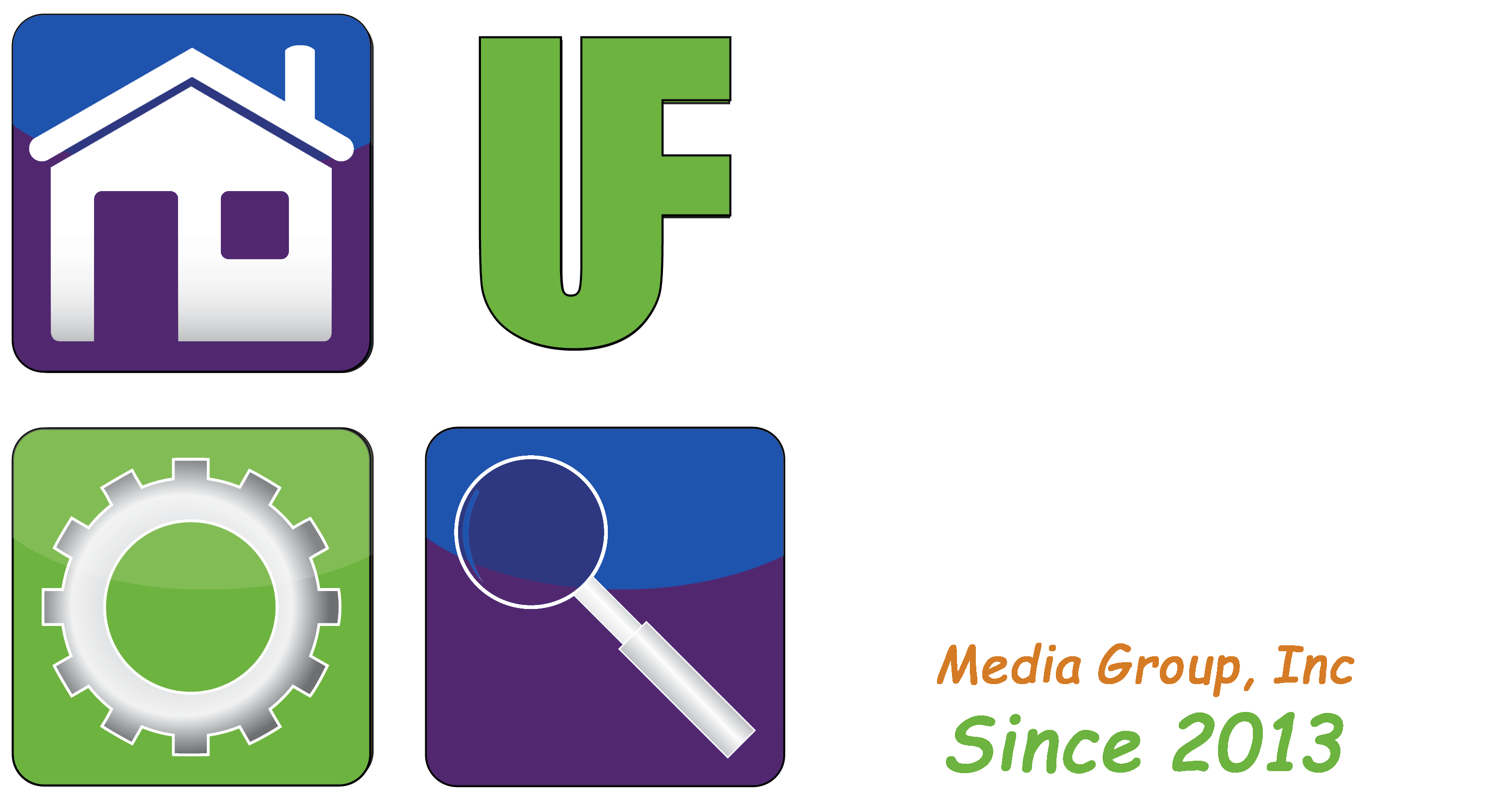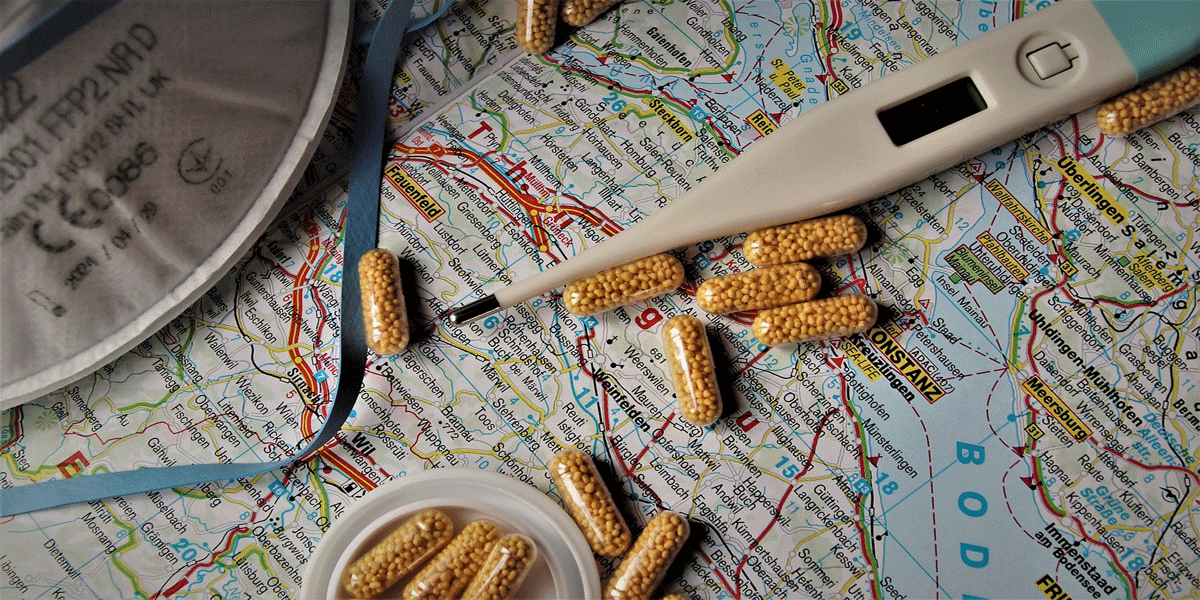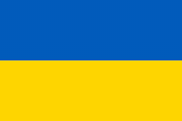ISSUE: Stanford and Google create COVID-19 Map
By: William Sikkens
Host, User Friendly 2.0 Saturday’s at 5:00 p.m.
Stanford University’s Big Local News and Pitch Interactive projects, along with the Google News Initiative, are launching a new tool that allows local users to embed customized, up-to-date maps of COVID-19 cases in the United States. This will allow for customized, real time updates you define.
Google Data Editor Simon Rogers stated that he’d expected something like this to already exist and was surprised to find out it didn’t.
However, while local journalists are doing their best to keep their readers informed about the latest COVID-19 developments, Rogers said they may not have the tools to normalize different sources of data and build maps of their own. It is important to normalize sources so that you can use the overall data in a uniform way. This helps to prevent the same information being presented in different ways. It also helps to present complex information in a less confusing way.
“The local news crisis, which was already happening, has totally been exacerbated by coronavirus,” said Rogers.
In addition he said that the existing information doesn’t provide an easy way for users (such as journalists) to embed the information into their own articles and other reporting. It is important to create and provide information in a way “you can embed and use anywhere”.
DIG DEEPER:
Now journalists across the U.S. can just visit the Case Mapper, identify the area that they want to map, and then copy an embed code that will allow them include the map in their articles or on their website. The map uses data from The New York Times’ COVID-19 county data, and it’s color based on the number of cases per 100,000 people, so you can see how serious the outbreak is relative to the total population. Currently the map applies to the United States but it will soon be updated for use worldwide.
This is part of a broader, $6.5 million commitment from Google to fight COVID-19 misinformation. Misinformation is one of the biggest challenges facing the fight of the pandemic. While we all look to reporting, the Internet and other sources of information, these tools are only as good as the accuracy of what we find. Misinformation can lead to dangerous results including more people getting sick. In a very egregious example misinformation lead to the burning of cell towers in the UK.
William (Bill) Sikkens has been an on-air technology expert since 2014. With an expertise in I.T., cyber security and software design he has had more than 20 years’ experience with advanced technology. Sikkens conceptualizes and designs custom applications for many professional industries from health care to banking and has the ability to explain the details in a way all can understand. Article edited by Gretchen Winkler, who along with Jeremy Winkler are the co-hosts of User Friendly 2.0 here on The Answer Saturday’s at 5:00 p.m.
Links and brand/store information provided are for information only and are not endorsed by Salem Media Group, KPAM or the shows hosts
Got a technology question or comment for Bill? Follow him on Twitter @sikkensw


